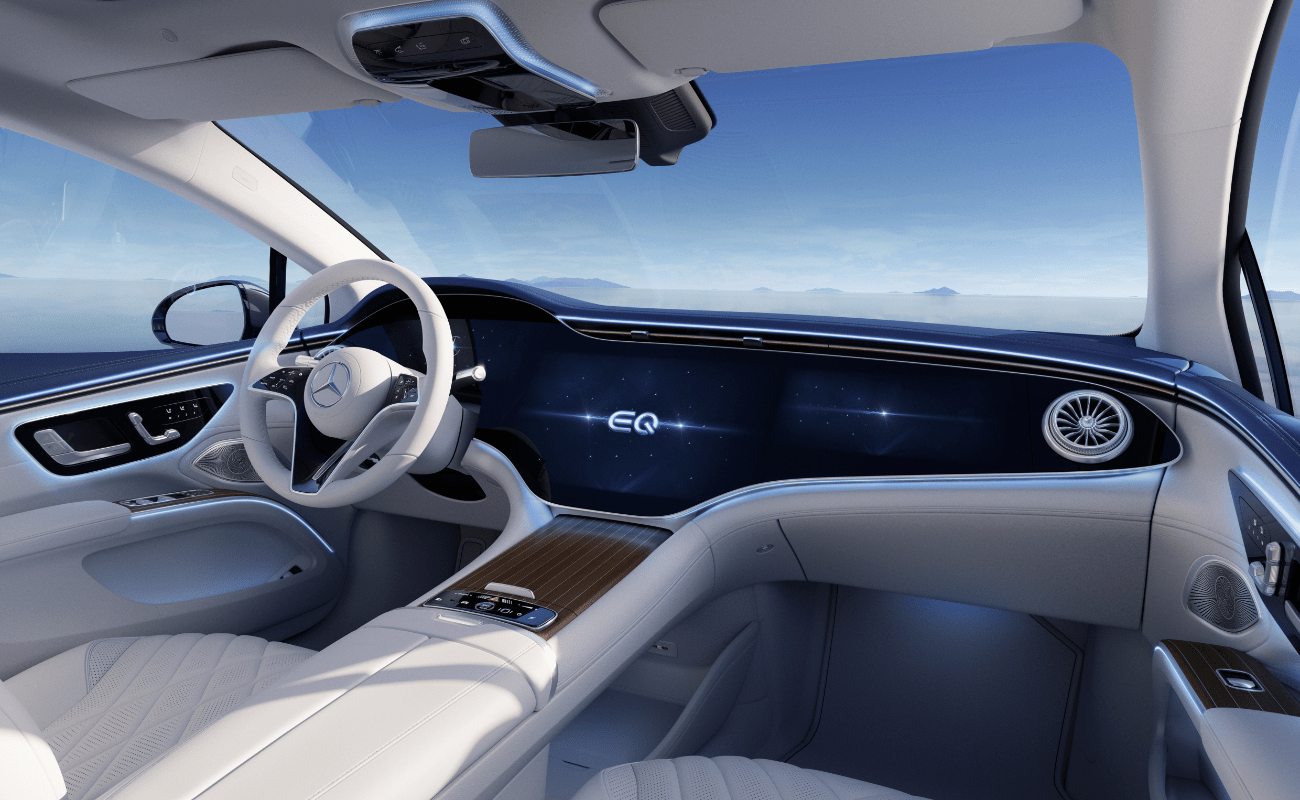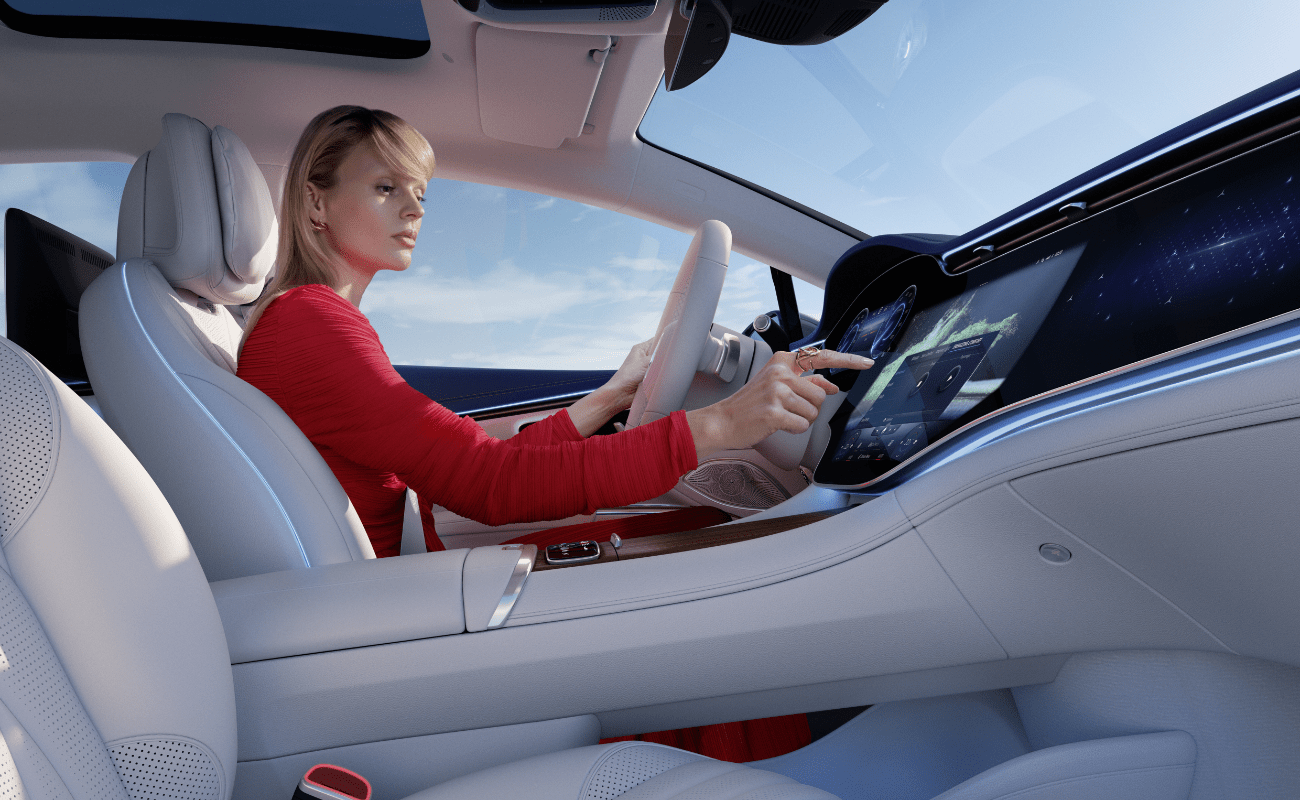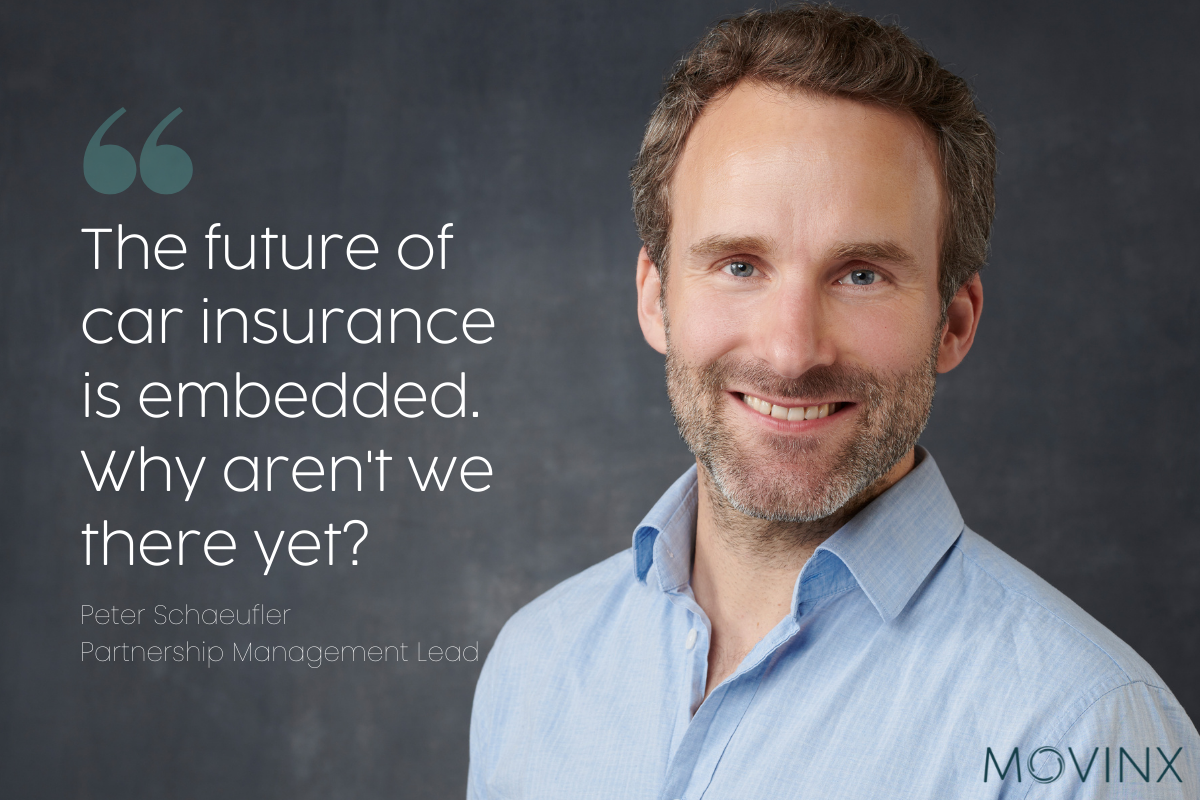What is Telematics really?
By Clemens Reidel
Do you consider yourself a good driver? If so, you’re in good company with more than 70 percent of German drivers. Yet only a little over 50 percent of people agree that good drivers should pay less for auto insurance than bad drivers. Surprising, isn’t it?
The answer is ‘no’ for one obvious reason: nobody, not even the extremely smart people in insurance companies, knows exactly what constitutes good driving. This is what telematics is all about.
The concept of insurance is simple: driving a car is great but comes with the risk of significant damage to yourself and others. Insurance distributes the risks of individual drivers across a large number of people who pool money (the insurance premium) to be paid out to those who suffer a damage. The distribution is only fair if those who bring a higher risk to the pool contribute more than the ones who are less likely to cause a damage.
To achieve this “fairness”, the insurance industry uses various conditions for each insured driver to quantify how much risk they bring to the pool. Examples for the so-called rating factors are the value, age and engine power of your car or in which region the car is operated. The biggest influence factor is how the car is driven and insurers use conditions like age, number of previous accidents, occupation and kilometers/miles driven for premium calculation.
Whilst the assumptions used for the calculation are supported by empirical data from statistics, they are not necessarily fair and can even be discriminating for the individual. Contrary to statistical averages there are, for instance, prudent young drivers or people who learned their lesson from a previous accident. Yet those groups are most likely to be charged the highest insurance premiums.
Telematics bridges this assumption gap. It complements statistical average assumptions with factual data about each individual driver’s behavior.
As vehicles are increasingly connected, equipped with enabling technology, they allow for this to happen quite effectively. Sensors measure acceleration, braking, cornering (the way of driving curves) and speed. This data is transferred via cellular network to an analytics company who calculates a score based on the measured driving data that represents how good your driving behavior actually is. Once this is done, only the score (not the driving data) is submitted to your insurance company. The better your driving score the more discount you will get on your insurance premium.
Telematics is the answer to what good driving means. It is an enabler for more fairness by considering everyone’s individual behavior instead of relying on outdated assumptions.
Related Posts
At the wheel in real time
Because more and more data can be collected individually and in real time, insurers are facing major changes. The greatest opportunities will open up in the near future for car insurers, but providers must know how to use them.
Car apps: Who has the best?
In my previous post I predicted that car apps will have a similar impact on the car market as the iPhone did on the mobile phone market. In this post I will deep dive into the car apps as of today.
The future of car insurance is embedded. Why aren’t we there yet?
Strong growth opportunities, lower acquisition costs, increased salience for insurance offerings… there are many arguments for modernization.
10 predictions for car insurance in the next 10 years
The car insurance industry is facing probably the largest disruptions of the last decades, due to the increasing availability of data and the imminent mass-adoption of AI. Our team of experts in insurance and tech, combined with our footprint across the US and Europe, has provided us with core audience insights on this and emerging trends. This is what our 10





